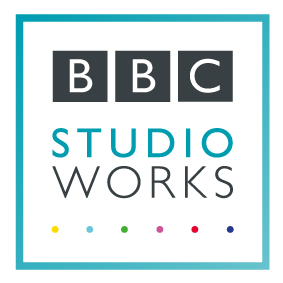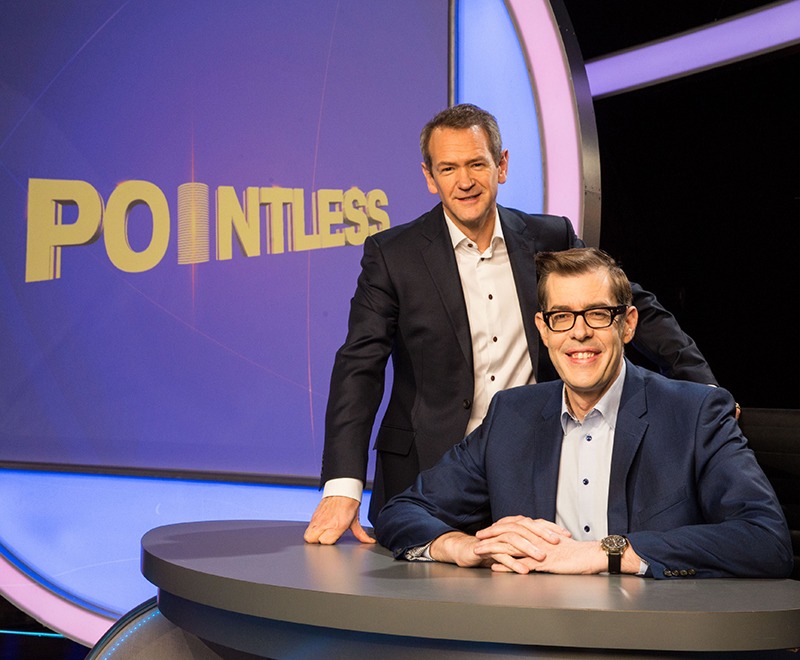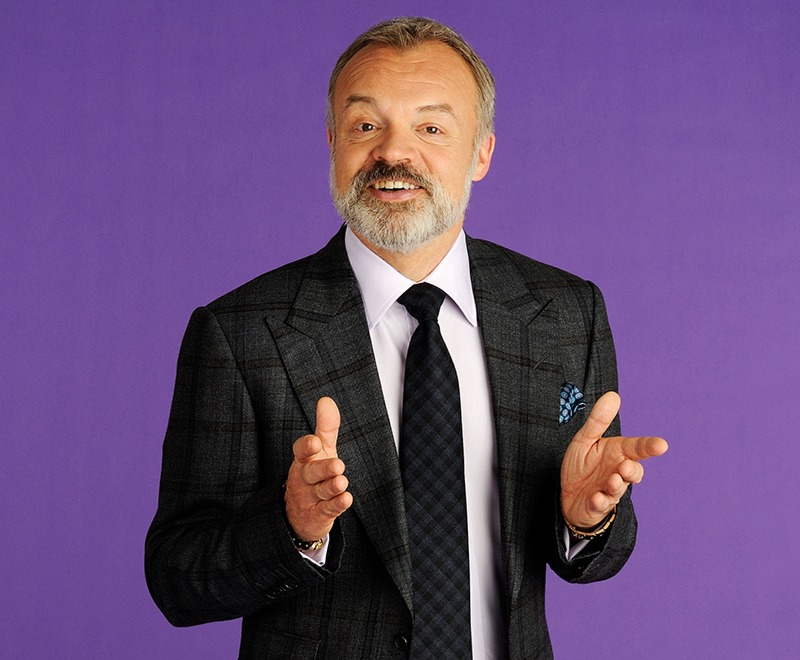In 1950 the first ever televised UK General Elections took place and a compelling broadcast genre was born that has been central to the political landscape ever since.
Political broadcasting on the BBC is a national democratic tradition, covering a wide spectrum of momentous events. Ground breaking at the time, it was a leap of faith into the unknown, with uncertainty about results and technology departments working together, the robustness of technology to survive all-night broadcasts, and above all, how would British audiences react to the new medium.
Fast forward to today, and the technology used to bring political broadcasts to life has come a long way, all geared around supporting immersive and engaging content to inform and inspire the electorate.
On 5 May 2016, Britain goes to the polls for the local elections, and BBC Studioworks has been selected to provide BBC News’ national broadcast hub.
BBC Studioworks has unrivalled experience of election broadcasting, recently demonstrated in its live coverage of the 2015 General Election and 2014 Local and European Elections for BBC News.
But keeping the country informed of the latest results from over 350 democratic positions is no mean feat for the technical teams behind these unique live transmissions. It requires the careful choreography of multiple specialist teams, including lighting, sound, cameras, set design and engineering.
Immersive viewing for the nation
Airing on the evening of polling day, the broadcasts will clock up an impressive 12 hours of political content, featuring over 80 outside broadcast feeds. Live results from every local constituency across the country will be streaming into the BBC Elstree Election hub and is ingested onto EVS servers.
Backed by a technical crew of 60, including technical project manager and election veteran Danny Popkin, Elstree Studio D has been segmented into different areas to accommodate each individual presenter’s coverage remit.
Andrew Breaks, BBC Studioworks’ Resource Manager for the 2016 local elections coverage, explained: “With 12 hours of live programming, we’ve implemented a tried and tested workflow from previous election shows. It includes a variety of state-of-the-art technologies to give viewers a completely immersive viewing experience.”
Following on from the success of the UK general election coverage last year, the transmissions will again see the use of innovative virtual reality technology provided by Vizrt. Breaks said: “The VR system enables presenter Jeremy Vine to provide BBC viewers with his inimitable, up-to-the-minute political analysis. Yet on screen it will appear that he’s completely and virtually immersed in graphics – visually engaging voters with captivating live content.”
Providing the latest developments from around the country, presenter Emily Maitlis will again be using interactive touch screen. The 4.8 metre wide by 2 metre high screen uses a 2.5mm dot pitch LED screen with Viz RT graphics rendering engine and a radar touch.
The BBC Election results team is based in the studio, and a large outside broadcast switching operation completes the set-up in a dedicated hub adjacent to Studio D.
Capturing up-to-the minute results
Camera Supervisor and technocrane operator, Dave Box, has worked on the last three UK General Election BBC transmissions as well as the 2014 local and European elections. This time around, BBC News wanted to reduce the number of camera used for the General Election, but still maintain a flexible system to allow as many different views to be captured on different scenes as possible. Box explains the intricate camera set-up that BBC Studioworks has implemented to capture every aspect of this immersive viewing experience.
“The camera equipment used for the tracking system is assembled around 10 days before transmission to allow for calibration, with the remaining cameras added a few days later. This leaves around four days of rehearsal leading up to transmission.”
All the VR Camera tracking systems are using Mo-Sys SpaceTrackers, two on Vinten Quattro pedestals and the 30ft technocrane will be fitted with a SpaceTracker tracking system to allow for sweeping shots between each specific area of the studio, including the ability to seamlessly move from the ‘real’ world of the studio to the computer-generated world of the virtual reality area.
Previously, mechanical sensors have been used, but this has meant that the crane base cannot easily be moved. By tracking the camera head the operator is free to choose where the base is placed without any additional calibration required. A mechanical tracked head is also provide by Mo-sys.
The camera position information is fed to a Vix RT system of 5 gfx engines which provide background and key to enable Jeremy Vine to move realistically around a green screen environment and become immersed in up-to-date graphics. Two projectors provide information in the green screen area for Jeremy Vine so he can directly see the graphics as well as on monitors.
Keying is provided by two Ultimatte 11s and Two Crystal Vision Safires, as well as multiple ViVid delays from CrystalVision to ensure all the pictures are correctly in synchronization with the audio.
Lighting up the election
Lighting Director, David Gibson has extensive knowledge of lighting political broadcasts having worked on the General Elections in 1979, 1997 and 2015. The brief on the 2016 local elections was to ensure the long-running main coverage was appropriately lit, giving it a modern feel, but within the BBC News broadcast style. “Lighting changes add huge variation and excitement to a broadcast like this,” he said.
Gibson is also responsible for lighting the virtual reality green screen. He adds: “One of the biggest challenges when lighting Jeremy Vine’s green screen area of the studio is ensuring that the end effect looks realistic. Lighting is vital to the overall effect, as it adds another dimension to the CG graphics. It has to look real, and has to work technically too. It’s our job to achieve the perfect balance and make these shots look as natural as possible.”
As with the 2015 General Elections, when Gibson also led the BBC Studioworks lighting team, he is making extensive use of automated lamps. “The lamps provide the option to change the colours very subtly to give the viewer a feel that the light is part of the graphic. For example, we could see a shot of Westminster, with Jeremy Vine walking past a window. We’d use the lamps to give the impression of where the light was coming from, and change its colour to make it appear like daylight.”
The sound vote
Having completed a number of large-scale projects for the BBC over the past 35 years, including multiple political broadcasts for BBC News, Sound Supervisor Gary Clarke has a wealth of experience in bringing one of the most crucial elements of any production to life – the audio.
A Studer Vista 8 mixing console is the backbone to the elections audio set-up. Contributions from presenter and guest microphones, outside sources, VT play-ins and grams are all added into the live mix.
Elections involve complex communications and reverse feeds. Close liaison between the various news technical departments and the audio broadcast operation is vital. An area at Elstree known as MCX handles the incoming and outgoing feeds.
The broadcast audio is slightly delayed to match the vision delay introduced by computers providing the virtual reality graphics for Jeremy Vine. It’s vital that the sound team ensure that all audio sources are synched with picture by the time they’re transmitted.
Clarke explains: “As with all live broadcasts, much of the content will be unpredictable. The key to ensuring that live broadcasts are a success is to have systems in place that are flexible and can deal with any eventuality.”
A polished live production
Since the early days of elections broadcasting the off-screen challenge to provide a full-scale, live round-up of incoming news has always remained the same. But the talented professionals at the heart of the technical operation are what really brings the production to life.
John O’Callaghan, Head of Studios and Post Production Services for BBC Studioworks, said: “We love orchestrating live events like this because we get to pull together what we’re great at – combining the most talented and dedicated people, with the right technology and facilities, to deliver our customers’ vision. It’s the perfect showcase for BBC Studioworks’ capabilities.”





